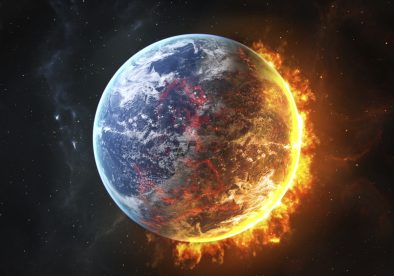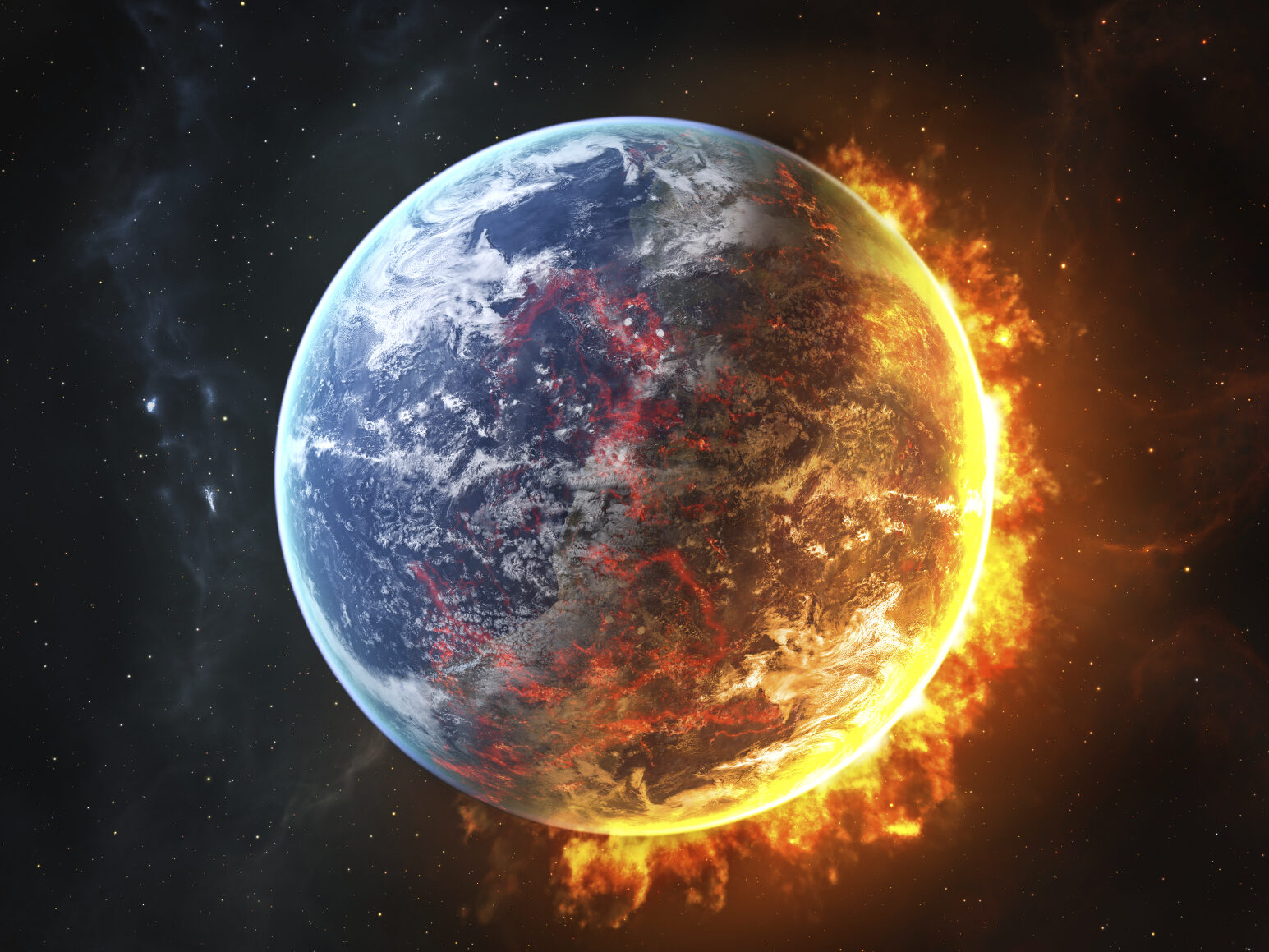Space elevator crashes are classic SF fare. We see a devastating crash in the first episode of Apple TVs Foundation series. After a terrorist bombing, the whole structure topples to the planet’s surface, smashing buildings and creating a deep trench around Trantor. See for yourself:
It’s thrilling stuff to watch, but – from what I’ve learned – not scientifically accurate.
Minor spoilers for The End-Times of Markusz Zeilinski, but my book also has a space elevator crash, so I had to do a bit of research so I could write about it believably. (For the number nerds among us, see below for facts and figures about Garia’s space elevator.)
The tether that supports the space elevator is incredibly long. And from my research, it appears that if it breaks three quarters of the way up (as it does in End-Times), some of it will come down to the surface but the remainder will snap off as it winds around the planet and fly off into space. Blaise Gassend has created a number of visualisations of tether breakages, and this is the one I used for End-Times.
The other thing about the tether is: it can’t be very heavy. The heavier a cable is, the more tension is needed to keep it taut. That means a bigger and bigger counterweight would be required, to the point where it just wouldn’t be feasible.
The tether needs to have low density, but high tensile strength so that the majority of the weight it can support, goes into the cargo and elevator cars that use it to reach or descend from orbit. That means if the tether breaks and comes down to the planet surface, it won’t do a lot of damage because it hasn’t got a lot of mass.
This clip from Dr Ryan Ridden’s excellent YouTube video on space elevators explains this better than I can. I also recommend you watch the whole video if you want to learn more about the feasibility of space elevators.
So, the space elevator break in End-Times is not a major catastrophe for the planet. Though the suddenly-released counterweight dragging the other 25% of the cable further into orbit does mean very bad news for Redout’s orbital rings, not to mention the terminus station. On the surface of the planet, there’s more damage from elevator cars crashing down than from the cable itself.
End-Times space elevator facts and figures
I’ve written about Garia/ Redout and the space immediately around it in a previous blog post.
Garia is a lot bigger than Earth with a circumference that’s almost double our own planet’s at 72,000 kms. The rotational speed of Garia is the same as Earth’s at 460m/s, but as Garia is bigger, a complete rotation – what we think of as a day – takes 43 hours, 7 minutes and 28 seconds.
For a space elevator to be centered above a single point on the planet’s equator, the centre of mass for the elevator needs to be in geo- or rather Gariostationary orbit which is 86,446 kms above the planet’s surface. Earth’s geostationary orbit is around 35,786 kms. The counterweight at the endpoint of the tether is much farther out, to keep the tether taught. For Garia’s space elevator, the tether ends at a counterweight 112,800 kms above the planet.

Further reading
- Wikipedia – Space Elevators
- Wikipedia – Space Elevator Safety
- Astronoo – Geostationary Orbit
- Wired – What Happens if a Space Elevator Breaks
Featured image: “One heck of a space elevator” by ▓▒░ TORLEY ░▒▓ is licensed under CC BY-SA 2.0 .


